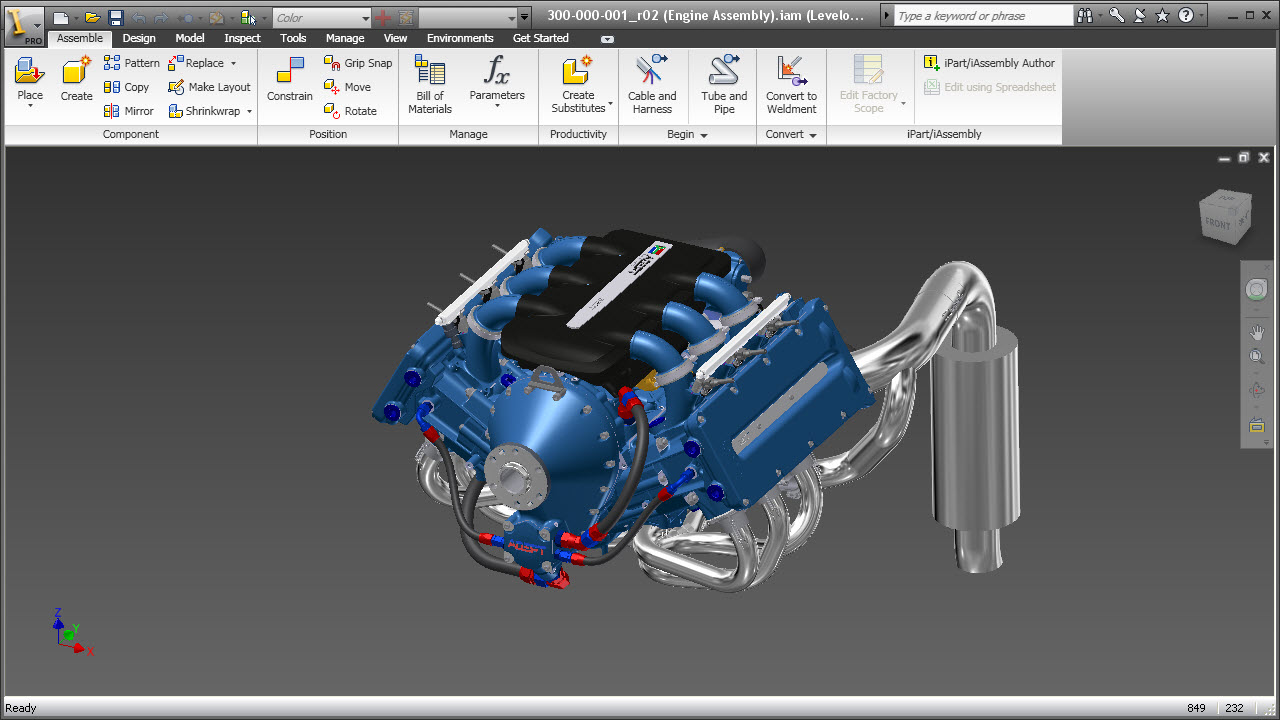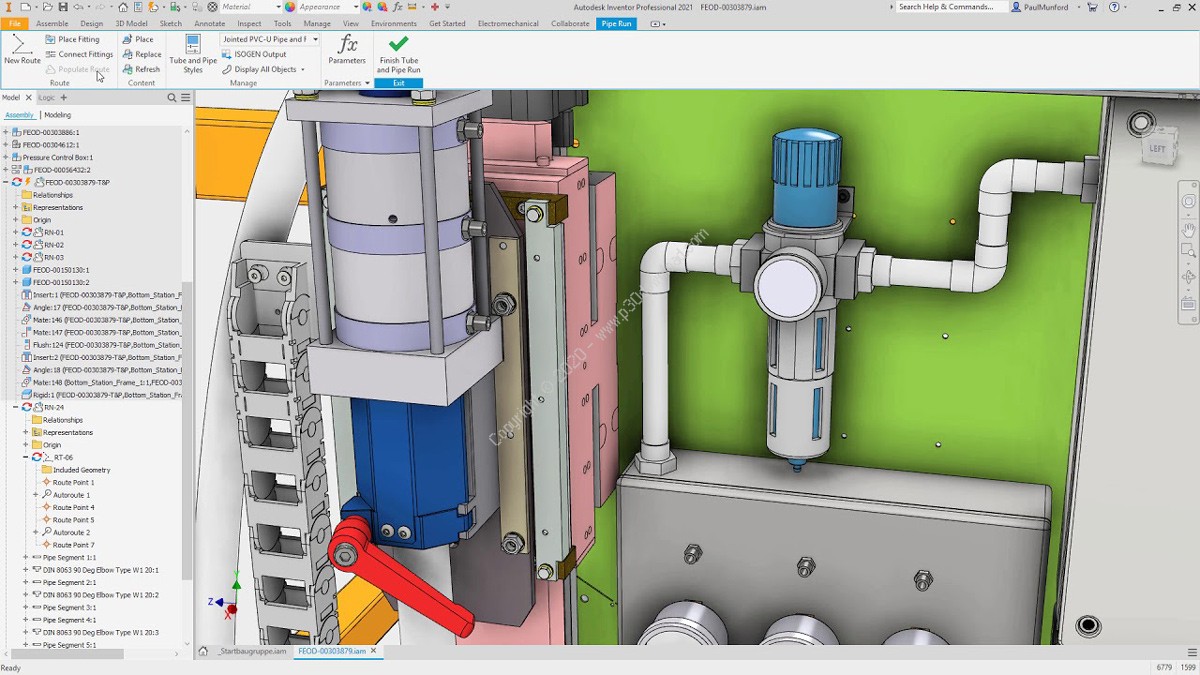

Or perhaps there is a product that partially meets the need. Sometimes this is easy – if I Google what I’m looking for, somebody may already have built it, often there is a product for sale. Once I have the vision, I’ll create a prototype.

Now how do we do X?” It becomes a design problem. With a new project, it all starts with a problem: “What I need is to do X here.

Here she talks about what she’s learnt over the years.įor me the word ‘inventor’, is about spotting a need that isn’t currently being met, and creating a solution to meet that need. Horton is also a transgender educator and activist and she currently serves as a consultant on transgender workplace issues and on UNIX and internet technology. Among her many achievements, she is credited with creating the first email attachment tool in the 1980s. While a life of inventing may seem like a distant dream to many, what Mary Ann Horton and Jane ni Dhulchaointigh demonstrate is that they’re only human and even now, they’re still continually learning new things along the way.Ĭalifornia-based inventor and computer scientist Mary Ann Horton is a Usenet and internet pioneer. Opportunity combined with numerous problem-solving skills and personality traits come into play for people to invent things that can change the world.īelow, two inventors talk about their experiences, touching upon the skills they’ve picked up and how they approach their work. Aside from good timing and a bit of luck, it’s tricky to say exactly what it takes to be a successful inventor.


 0 kommentar(er)
0 kommentar(er)
